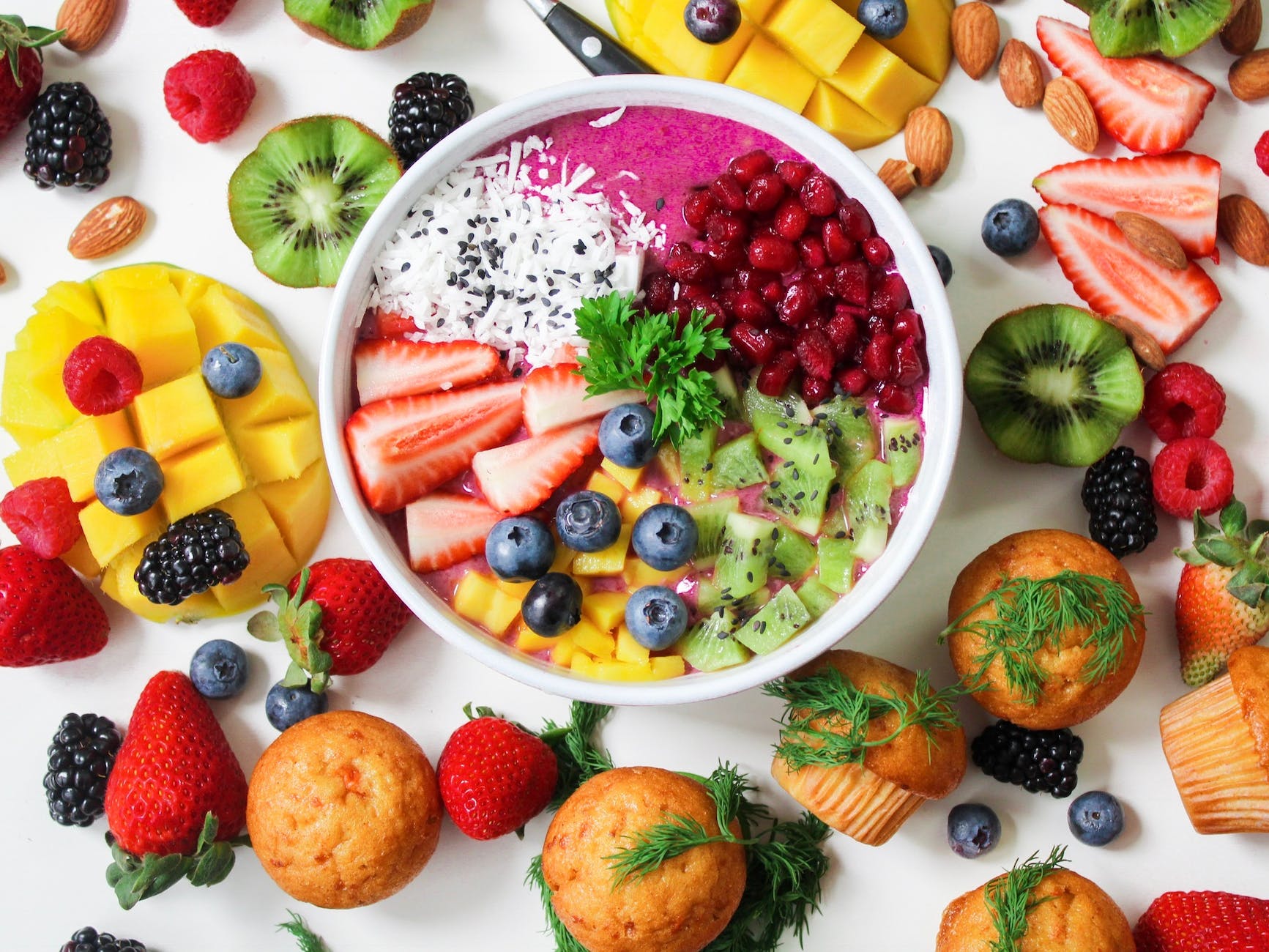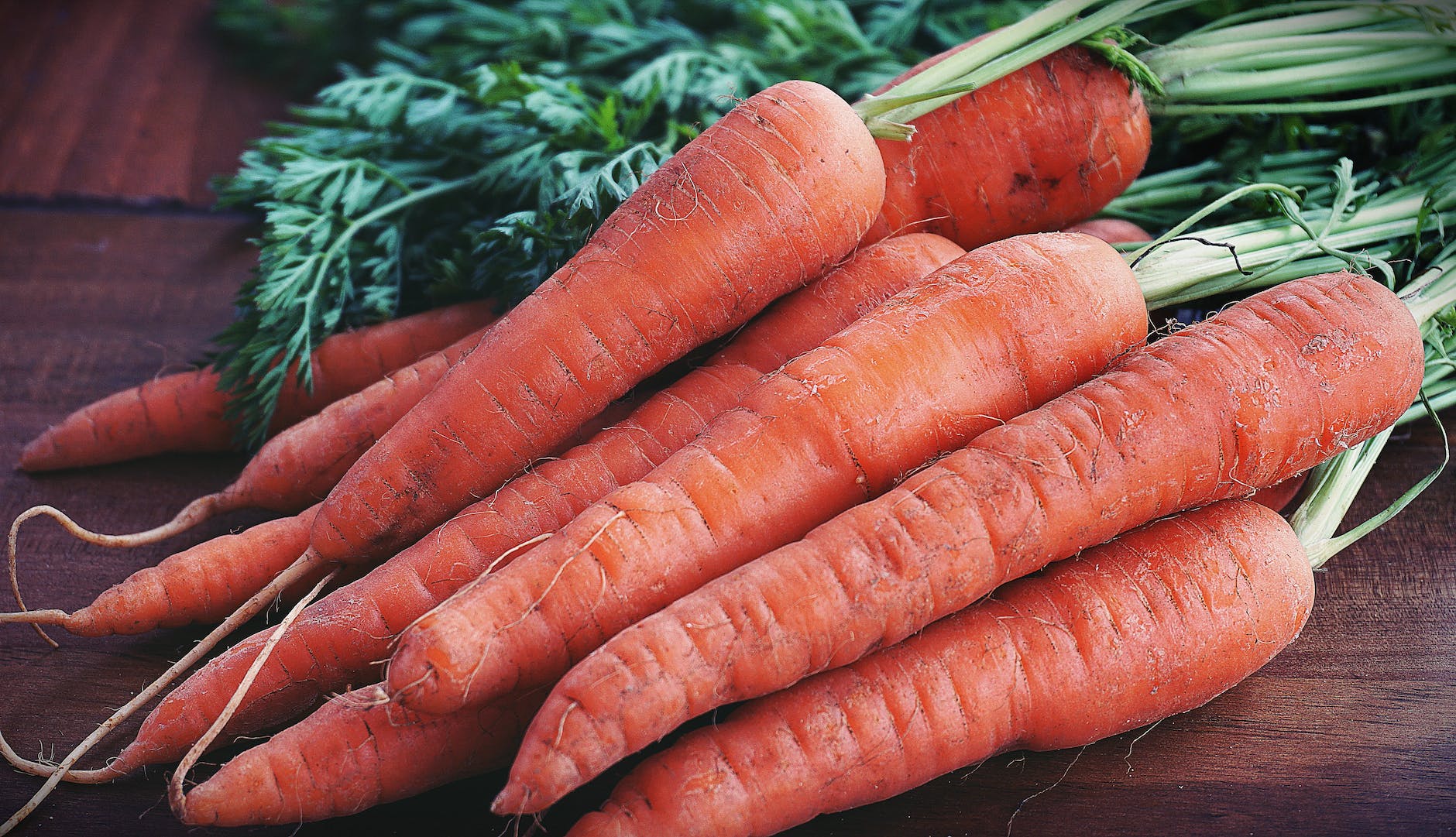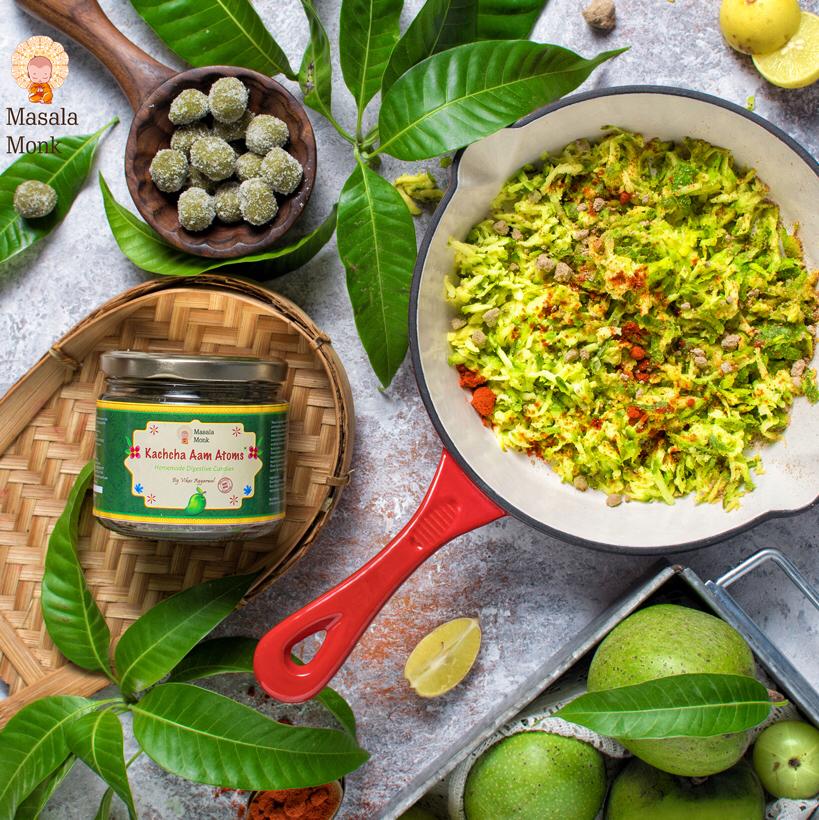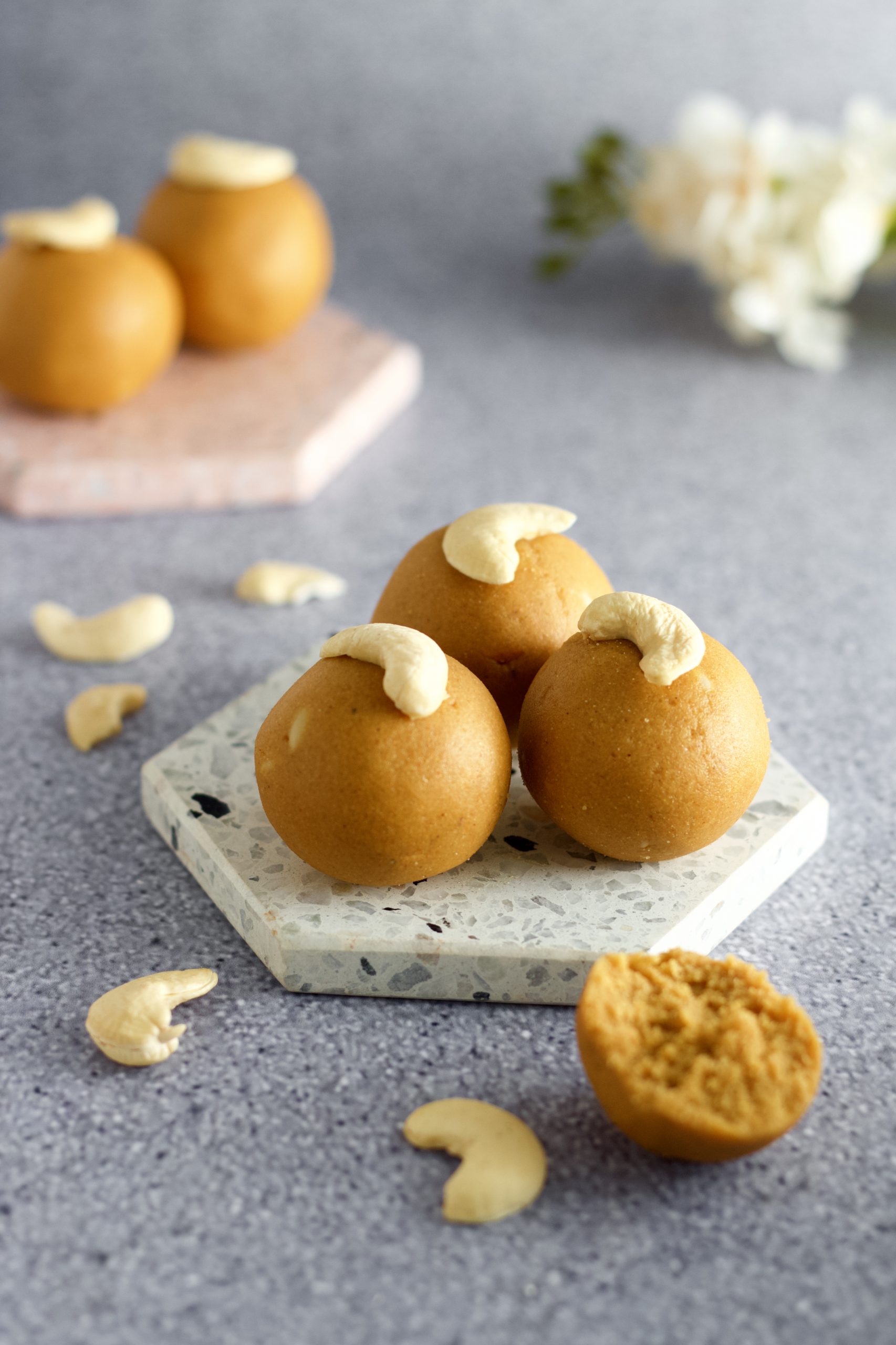
When it comes to weight loss, incorporating fruits into your diet can be a smart and satisfying strategy. Fruits are not only packed with essential nutrients but also offer natural sweetness and a plethora of health benefits. In this informative blog post, we’ll explore some of the best fruits for weight loss, their nutritional profiles, and how they can support your weight loss journey. Get ready to discover the power of nature’s delicious allies in your quest for a healthier and slimmer you! 🍎🍌🍇
🍎 Apples “An apple a day keeps the doctor away” is a saying for a reason. Apples are low in calories, high in fiber, and packed with antioxidants. The fiber content in apples promotes satiety, keeping you feeling fuller for longer and reducing the likelihood of overeating. They also contain pectin, a type of fiber that aids in digestion and may contribute to weight loss. Enjoy apples as a crunchy and portable snack or incorporate them into salads and desserts for added flavor and nutrition.
🍌 Bananas Bananas are a popular fruit that offers numerous benefits for weight loss. They are a great source of dietary fiber, which helps regulate digestion and promotes feelings of fullness. Bananas also provide a natural sweetness, making them a satisfying and healthier alternative to sugary snacks. Additionally, bananas contain resistant starch, a type of carbohydrate that resists digestion and can help improve insulin sensitivity and reduce fat storage. Enjoy bananas as a standalone snack, blend them into smoothies, or use them as a natural sweetener in baked goods.
🍇 Grapes Grapes are not only delicious but also a fantastic choice for weight loss. They are low in calories, rich in water content, and contain natural sugars that satisfy cravings for sweets. Grapes are also a good source of dietary fiber, which aids digestion and promotes feelings of fullness. Moreover, grapes are packed with antioxidants, such as resveratrol, which may have positive effects on metabolism and fat-burning processes. Enjoy grapes as a refreshing snack on their own or freeze them for a cool and healthy treat.
🍓 Strawberries Strawberries are a nutrient-dense fruit that can aid in weight loss. They are low in calories, high in fiber, and rich in antioxidants. The fiber in strawberries promotes satiety and helps regulate blood sugar levels. Additionally, strawberries are packed with vitamin C, which supports immune function and may contribute to fat-burning processes. Enjoy strawberries as a topping for yogurt, blend them into smoothies, or add them to salads for a burst of flavor and nutrition.
🥝 Kiwi Kiwi is a small fruit that packs a nutritional punch. It is low in calories, high in fiber, and rich in vitamins and minerals. Kiwi contains an enzyme called actinidin, which aids in digestion and may promote healthy gut function. The fiber content in kiwi promotes satiety and helps regulate blood sugar levels. Moreover, kiwi is a great source of vitamin C and antioxidants, which support overall health and may enhance fat-burning processes. Enjoy kiwi on its own, add it to fruit salads, or blend it into smoothies for a tangy and nutritious twist.
🍊 Oranges Oranges are not only refreshing but also a great choice for weight loss. They are low in calories, high in fiber, and packed with immune-boosting vitamin C. The fiber content in oranges promotes satiety and aids in healthy digestion. Oranges also provide a natural sweetness, making them a satisfying and nutritious snack. Additionally, the high water content of oranges can help keep you hydrated and contribute to a feeling of fullness. Enjoy oranges as a standalone snack, squeeze them for fresh juice, or incorporate them into salads and desserts for a burst of citrusy goodness.
🍎🍌🍇 Incorporating these fruits into your weight loss journey can add variety, flavor, and essential nutrients to your diet. Remember to practice portion control, choose fresh and whole fruits over processed alternatives, and include them as part of a well-balanced and calorie-controlled meal plan. Combine these fruits with other nutritious foods and a regular exercise routine for optimal weight loss results. Embrace the power of nature’s delicious allies and enjoy the journey towards a healthier and slimmer you!













